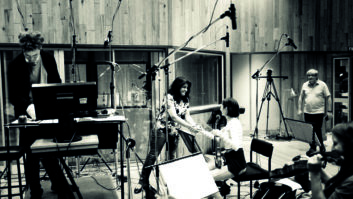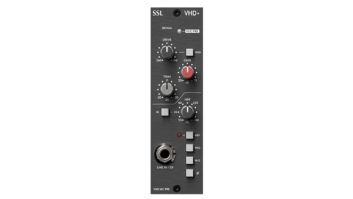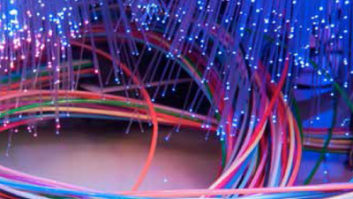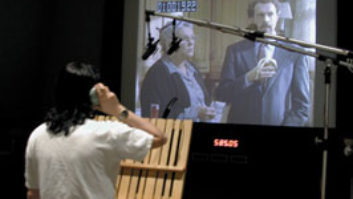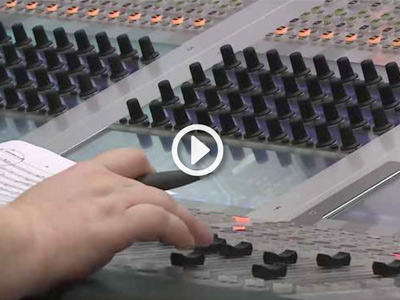
Audio quality for classical and acoustic jazz must be state-of-the art, as respected recording engineer Georg Burdicek is well aware. Burdicek owns Tonzauber Studio, located in the legendary Konzerthaus in Vienna, Austria. The facility specializes in recording the finest acoustic classical and jazz music, as well as sound for video, film, and television. Although Burdicek often records small ensembles in the studio, he records large ensembles, such as orchestras, on location in concert halls, setting up an improvised control room in a side room outside of the main hall.
When doing remote recording on location, Burdicek records with 24-bit, 96 kHz resolution. (His computer-based system is capable of recording up to 192 kHz, should a client request it.) Since he does not trust headphones for full-range critical listening, he monitors on reference speakers. He is listening for the subtlest details, and any noise is an unacceptable distraction. “You have to keep your makeshift control room as noise-free as possible,” Burdicek said.
Get That Out of Here
To achieve this quiet monitoring environment, Burdicek locates his Windows PC and RAID array hard drives in an improvised machine room, much as he does in the studio. The remote PC in his improvised machine room connects to an audio interface in the makeshift control room via USB. To achieve that, he has to run USB cables far beyond the usual limits imposed by conventional copper USB cables — and since he’s on location, he needs to be able to set up, capture the performance, pack up, and get out quickly and easily.
The key to his system is Corning optical USB cables. “Corning USB optical cables enable us to move noisy hard drives out of the control room into an improvised machine room,” Burdicek explains. “I run 30 meters [98 feet 5 inches] of optical cable and have the same data rate as with the short, conventional copper cabling. It’s important that the system is very straightforward. Optical USB cables are plug-and-play, and they work. They make my mobile recording easier, more comfortable, and more quiet.”
Reliability Matters
Burdicek notes that Corning optical USB cables are thin and flexible, yet very sturdy. “We don’t have to think a lot about how we lay out the cable,” he said. “We can band it around narrow corners, it can go straight under doors, and it is sturdy enough that if somebody steps on it, the cable is not harmed.”
Any recording engineer has nightmares about equipment failure during a crucial recording, especially when recording live, where you might not get a second chance. Cables are one of the most common causes of such failure—but not with Corning optical cables. “Reliability is crucial with recording,” Burdicek insists. “I’ve tried extenders, and they weren’t reliable. Corning optical cables, on the other hand, have been entirely reliable, and compared to other solutions, they’re affordable.”
This combination of long runs, flexibility, durability, and reliability is essential for remote recording on location, especially if your standards are as high as Burdicek’s. Before the development of Corning optical cables, the best you could achieve with USB was a compromise solution with an added layer of technology. With Thunderbolt, you had no options at all. Today, you simply buy a Corning optical cable, run it wherever you need it, plug it in, and start recording. Bravo!
For more information on optical cables by Corning see here.
Bio: A long-time professional touring and session musician, sound designer, and occasional front-of-house engineer, Steve Oppenheimer is probably best known for his accomplishments as editor in chief of Electronic Musician, Remix, Onstage, Music Education Technology, AudioInsider, and other music-technology magazines and Web sites. An editor and corporate manager for more than 20 years, he served for six years as public relations manager at PreSonus Audio Electronics before founding the public relations firm White Dog Communications in January 2015.
